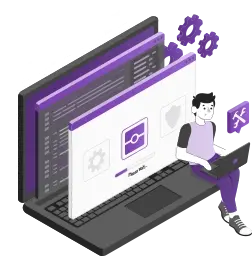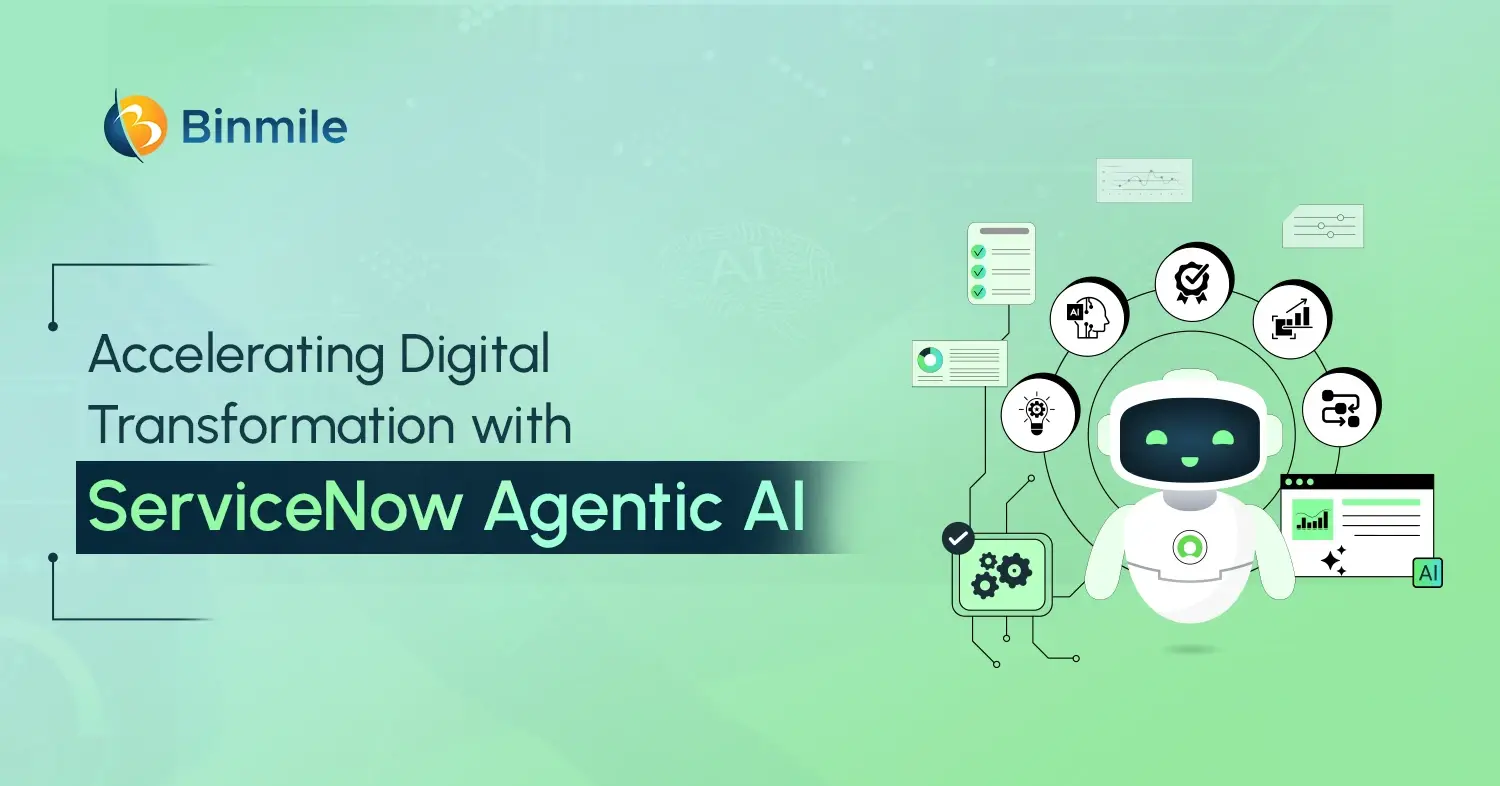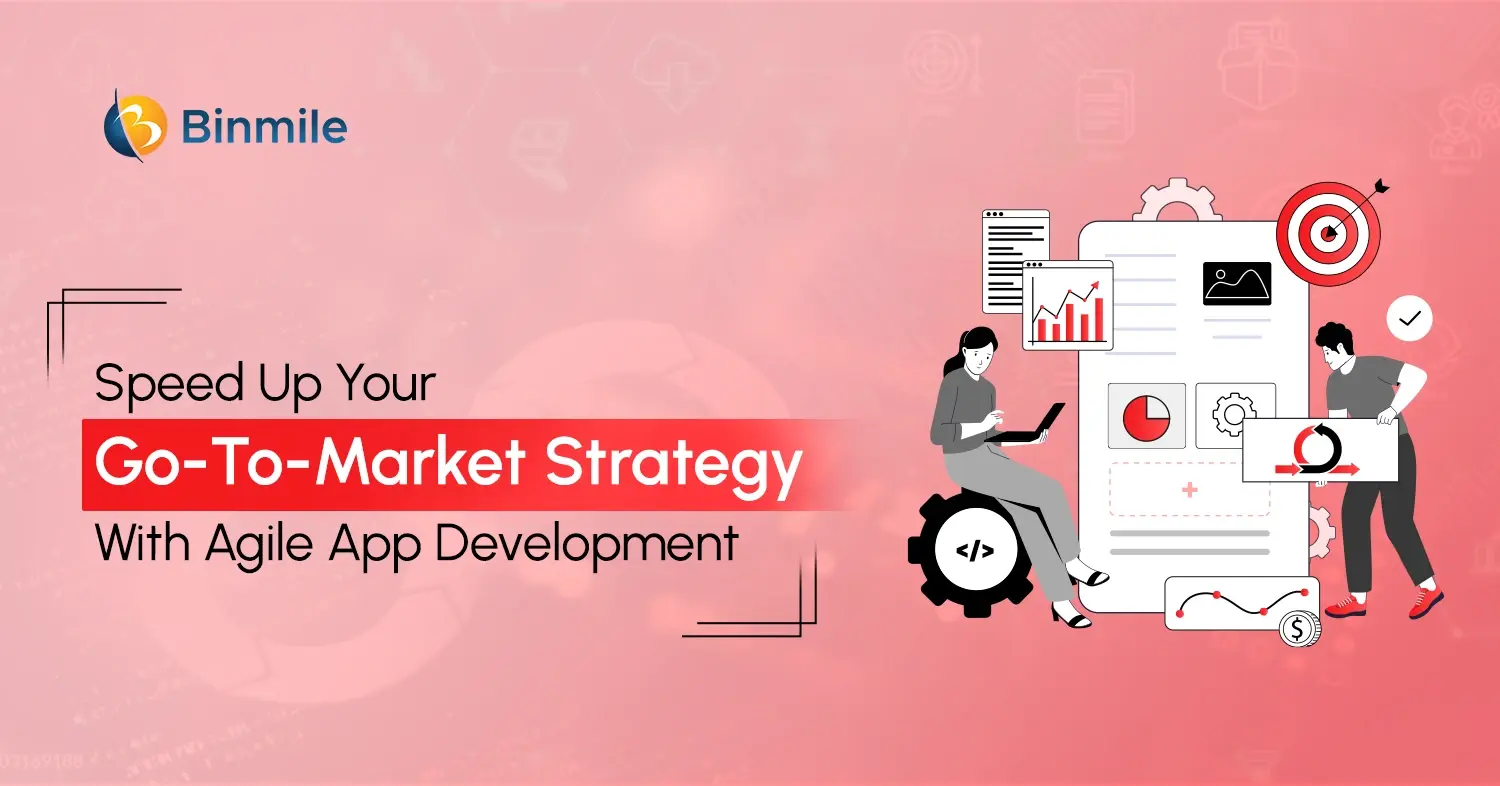The rise of the serverless architecture is reshaping how organisations build and deploy applications. In fact, the global serverless architecture market size is estimated at around USD 17.78 billion in 2025, and is projected to expand to about USD 124.52 billion by 2034, reflecting a compound annual growth rate (CAGR) of approximately 24 %.
In this blog, we’ll cover what a serverless framework is, why it matters, and then review the top 10 serverless frameworks you should consider in 2026. We will also present a comparison table of these frameworks and highlight how a partner like Binmile can help you harness these frameworks in your infrastructure and application development strategy.
What is a Serverless Framework?
A serverless framework is a toolkit that helps build software platforms and also helps with the automation of deployment and managing applications without the need to manually set up the integration of servers or their infrastructure, also known as resources. With the serverless framework models, the serverless framework fully controls the complex computing resources, as the serverless framework automates the operational overhead management functions assigned to the framework. With automation and operational complexity fully handed off to the framework serverless, software development teams can devote most of their focus on the applications themselves, rather than the underlying plumbing of the application, with the deployment infrastructure of the application.
Therefore, the serverless framework provides the definition and control of functions and sub-functions that are also known as microservices. It also automates resources and handles the critical functions of scale, monitoring, and log operations. It drives the adoption of serverless models to organisations as it provides the means to deploy application services that can be maintained, as the microservices deployed can be fully managed.
What is the Importance of Serverless Frameworks?

Here are several key reasons why choosing the right serverless framework can materially improve your business outcomes, especially when you’ve set conversion-oriented targets (e.g., faster time to revenue, lower operational cost, agility to capture market demands):
-
Faster Time to Market:
When utilising serverless infrastructure and appropriate frameworks, you sidestep big initial investments in infrastructure; hence, you gain the ability to develop and deploy applications on serverless architecture in a much shorter time.
-
Reduced Operational Cost:
You cut out on actual resource consumption in various serverless computing models, and this model reduces the cost tied to idle cloud architecture. When you choose frameworks with advanced deployment and monitoring capabilities, this cost saving is boosted.
-
Scalable Event-Driven Architecture:
Event-driven architecture, provided by serverless functions, gives you flexibility and the ability to respond in real time to your organisation’s business workflows. Microservice applications increasingly depend on this model.
-
Focus on Value, Not Infrastructure:
By getting rid of infrastructure worries, developers and teams can focus on building business value, user experience, and business logic, instead of dealing with the time-consuming infrastructure.
-
Future-Readiness:
A mature serverless framework gives you a competitive advantage, positioned to embrace the cloud-native, multi-cloud, and infrastructure-as-code paradigm shifts instead of having your organisation stuck with outdated serverless models.
Because you are looking at building modern applications, possibly cloud-native and event-driven, selecting a high-quality serverless development becomes not just a technical decision, but a strategic conversion lever for product launches, scale-up, and cost efficiency.
Looking to simplify your move to serverless and scale faster with a framework that truly fits your business needs?

Best Serverless Frameworks For Deploying High-Performance Applications
Below is a curated list of ten serverless computing frameworks that are relevant for the current landscape, each supports different levels of infrastructure abstraction, cloud provider support, languages, and use-cases.
1. AWS Serverless Application Model (SAM)
This is truly Amazon’s home-grown serverless framework for developing serverless applications on AWS. It allows for integration across AWS services, supports event sources natively (API Gateway, DynamoDB, SNS/SQS), and is an excellent option if your cloud dependency is exclusively on Amazon due to its infrastructure-as-code paradigm.
2. Serverless
This framework is cloud agnostic (it started with AWS but added support for Azure, GCP, etc) and allows you to configure your functions, triggers, and resources within a simple YAML document (serverless.yml). There are a ton of plugins and a really active ecosystem to support the framework.
3. AWS Chalice
This is an AWS serverless application framework that centres on Python. It makes a lot of sense if you are Python-heavy and looking to deploy AWS Lambda for micro services or a REST API with little friction.
4. Terraform
This is an infrastructure-as-code (IaC) tool that has become the de facto standard for managing serverless architecture in a multi-cloud scenario. When it comes to serverless architecture that you want to retain considerable IaC control, Terraform makes a great candidate.
5. Zappa
This Python framework allows you to deploy WSGI applications (Flask/Django) to AWS Lambda along with API Gateway. It is great if you want to move a legacy web application to a modern serverless architecture.
6. Jets
It is a Ruby-centred serverless lifecycle with a Ruby-based AWS Lambda serverless framework. Ruby helps have a more native experience when developing serverless functions.
7. Architect
It is a serverless framework emphasising productivity and simplicity with minimal options for rapid AWS Lambda building and prototyping of serverless architecture.
8. Flogo
It is a low-code framework for serverless microservices. It is open-source and event-driven, and containerless. It’s good for IoT and edge event-driven scenarios.
9. Claudia.js
It is a serverless framework for deploying apps and APIs on AWS Lambda with minimal config. It is for Javascript/Node.js developers who prefer less fuss.
10. Pulumi
It is a newer infrastructure-as-code serverless tool that is programming-oriented and woven into TypeScript, Python, Go, or .NET. For more programming-oriented, inclusive of serverless infrastructure, Pulumi is a likely option.
Comparison Table of the Serverless Frameworks
Here’s a quick comparison of these serverless computing frameworks across key criteria:
| Framework | Cloud Provider Support | Language Focus | Use-Case Focus | Level of Abstraction |
|---|---|---|---|---|
| AWS SAM | AWS only | YAML + AWS native | Deep AWS serverless applications | High (AWS managed) |
| Serverless | Multi-cloud (AWS, Azure, GCP) | Node, Python, etc | Cloud-agnostic serverless deployment | Flexible |
| AWS Chalice | AWS only | Python | REST APIs, Python microservices | Medium |
| Terraform | Multi-cloud | HCL (or other) | IaC heavy workflows, mixed infra | Low (detailed control) |
| Zappa | AWS only | Python | Web applications in AWS Lambda | Medium |
| Jets | AWS only | Ruby | Ruby-based serverless functions | Medium |
| Architect | AWS only | Node | Rapid prototyping serverless apps | High (opinionated) |
| Flogo | Multi / IoT + serverless | Go/Low-code | Event processing, microservices | Medium |
| Claudia.js | AWS only | Node | JavaScript serverless deployment | High |
| Pulumi | Multi-cloud | TypeScript, Python, Go | Infrastructure as code with AWS CDK + serverless | Low (code-oriented) |
Need guidance on selecting or implementing the right serverless framework to power your next project with confidence?

How Binmile Can Help In Adopting Serverless Framework?
When you decide to adopt a serverless framework (or multiple frameworks) as part of your serverless infrastructure and application-development strategy, partnering with an experienced consulting and development team becomes a differentiator. An organisation like Binmile can help you in several ways, such as evaluating your current tech environment, comparing serverless computing frameworks, and identifying which serverless approach best supports your goals. The team also assists in designing event-driven architectures, setting up infrastructure as code with AWS CDK, cloud consulting, and ensuring each component integrates smoothly across your cloud environment.
Once the foundation is ready, Binmile provides custom software development services and deployment, streamlining everything from function creation to CI/CD workflows. They also focus on operational readiness by setting up monitoring, optimising costs, and improving performance. This practical, end-to-end support ensures the move to serverless aligns with your business goals and delivers value quickly.
Frequently Asked Questions
Apart from some basic access control configurations, most serverless frameworks depend on the security safeguards offered by their cloud providers, such as IAM. You may be able to set roles, permission boundaries, storage, databases, and communication encryption, etc. They may also provide secret management and support least privilege. The framework provides the functionality, but the minimal secure configuration, the insufficient configuration reviews, and policy mismanagement are still on you.
There is faster development, no server management, and payment for usage. They are also easier to scale and fit well with microservices and event-driven apps. On the other hand, serverless frameworks may result in vendor lock-in, cold start latency, and more trouble for local testing, debugging, and troubleshooting. There is especially more trouble for debugging when frameworks obscure their infrastructure.
The appropriate framework relies on what cloud provider you select, which languages your team uses, and how well the framework integrates with your CI/CD and DevOps toolchain. Other considerations include expense, level of community support, ability to monitor, and how well the framework tends to hold its value. It is essential to select a framework that accommodates your design and architecture and does not limit your plans for more clouds or multi-cloud in the future.
Serverless frameworks help you save money because you do not have to maintain servers, do server patching, or do capacity planning, and you only pay when the code is executed and not when the infrastructure is idle. Your infrastructure and maintenance costs are lowered, and you will incur lower work costs with less operational costs, and your team will be able to do feature work with more agility.
Yes, enterprises can migrate to serverless by refactoring applications, breaking large systems into smaller functions, and redesigning flows to fit event-driven patterns. The process may require re-architecture, but it results in better scalability, lower costs, and improved agility. With the right guidance, migration becomes smoother and far less risky.









